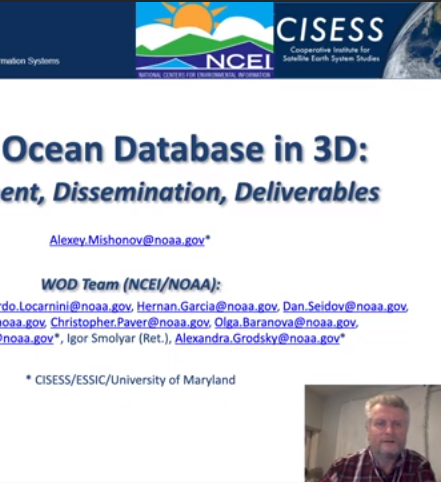
Ralph Ferraro Named ESSIC Associate Director
Ralph Ferraro, previously the Chief of the NOAA/NESDIS Center for Satellite Applications and Research, Satellite Climate Studies Branch (SCSB) and ESSIC Visiting Associate Research Scientist, has been named the Associate Director of Earth System Science Interdisciplinary Center (ESSIC) starting August 1, 2021.







